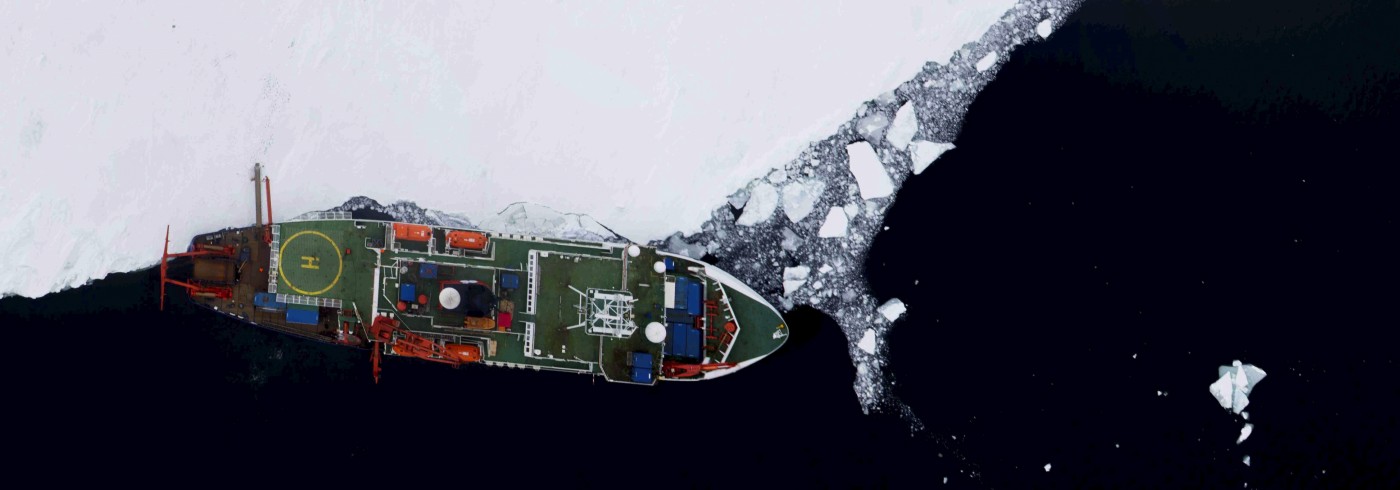TRANSSIZ – Transitions in the Arctic Seasonal Sea Ice Zone
19 May 2015 - 28 June 2015Despite advances over the past decade in understanding the Arctic sea ice dynamics, the connection between sea ice, ocean circulation and ecosystem changes remains poorly established. The coupling of the different system components, and their response to future climate scenarios, given less ice and more light but uncertain nutrient conditions, is still a significant unknown.
The interdisciplinary TRANSSIZ expedition was undertaken on the German ice breaker R/V Polarstern, and was initiated by the ART network, in collaboration with scientists from the Alfred Wegener Institute. The expedition was devoted to interdisciplinary measurements over the shelf and shelf-slope in the southwestern Nansen basin. Here, in contrast to other Arctic Ocean regions, the Atlantic water is found relatively near the surface, contributing to seasonal ice melt as well as delays in the fall freeze-up.
The oceanographic objectives included collecting water property data in transects across the continental slope using CTD, as well as measuring currents, turbulence and vertical exchange under the sea ice during dedicated ice stations. The collected data will be used to advance biogeochemical process studies by increased information on the Atlantic water properties and pathways, on the shelf-to-basin fluxes of energy and matter as well as on the role of oceanic heat fluxes during sea ice melt and formation.

Aerial photo of RV Polarstern anchored to an ice floe making one of the eight ice stations during the PS92 TRANSSIZ expedition. Photo: Christian Katlein

The CTD-Rosette coming up after profiling. The steel frame carries 24 bottles á 12-liters for sampling water at depths of special interest. Photo: Anna Nikolopoulos

Work with the sediment trap of the biology team deployed during 24 hours on all ice stations for estimating vertical transport of particles. Photo: Anna Nikolopoulos

The oceanographic team at work in the Yermak Plateau area with under-ice measurements of turbulence and currents. Photo: Sascha Willmes




